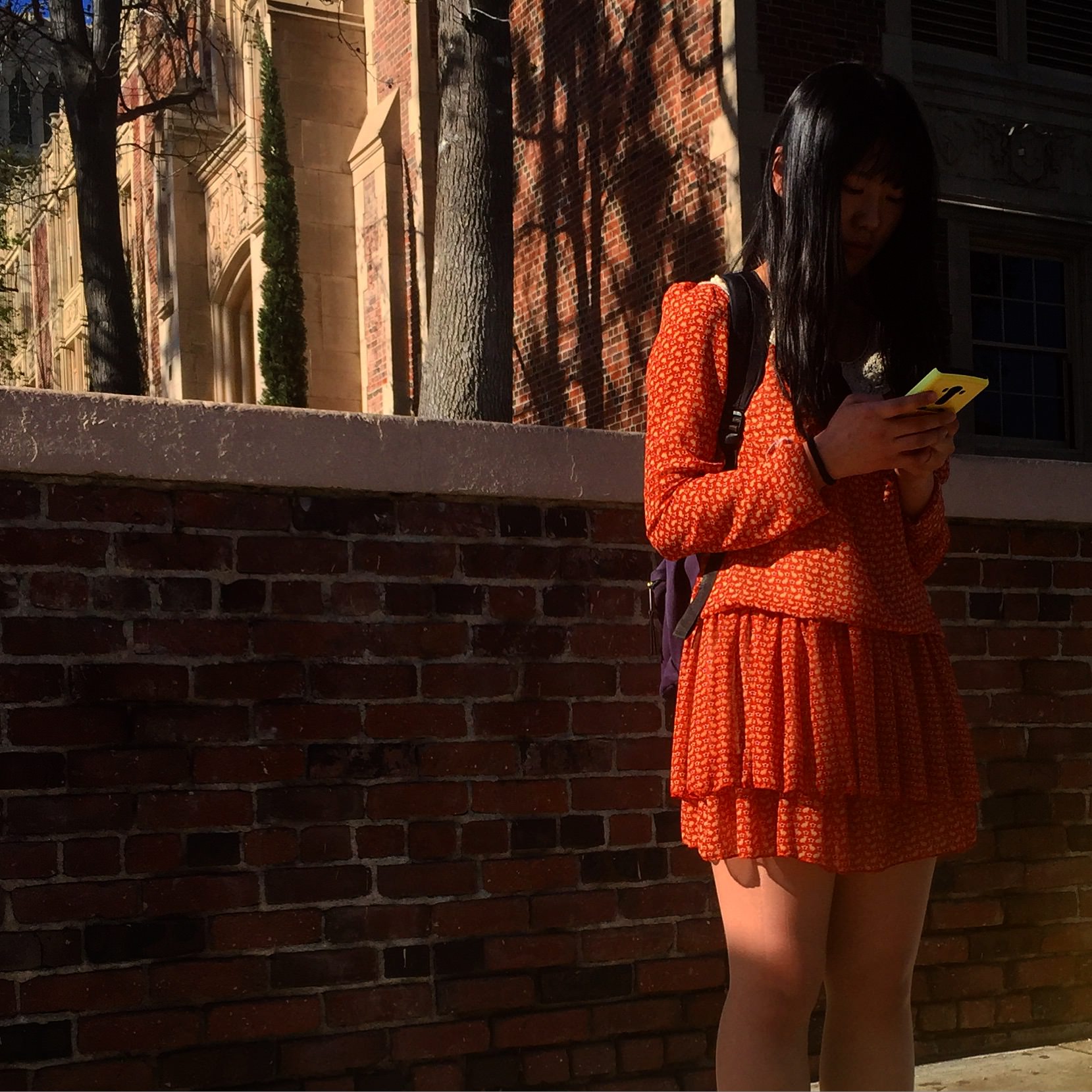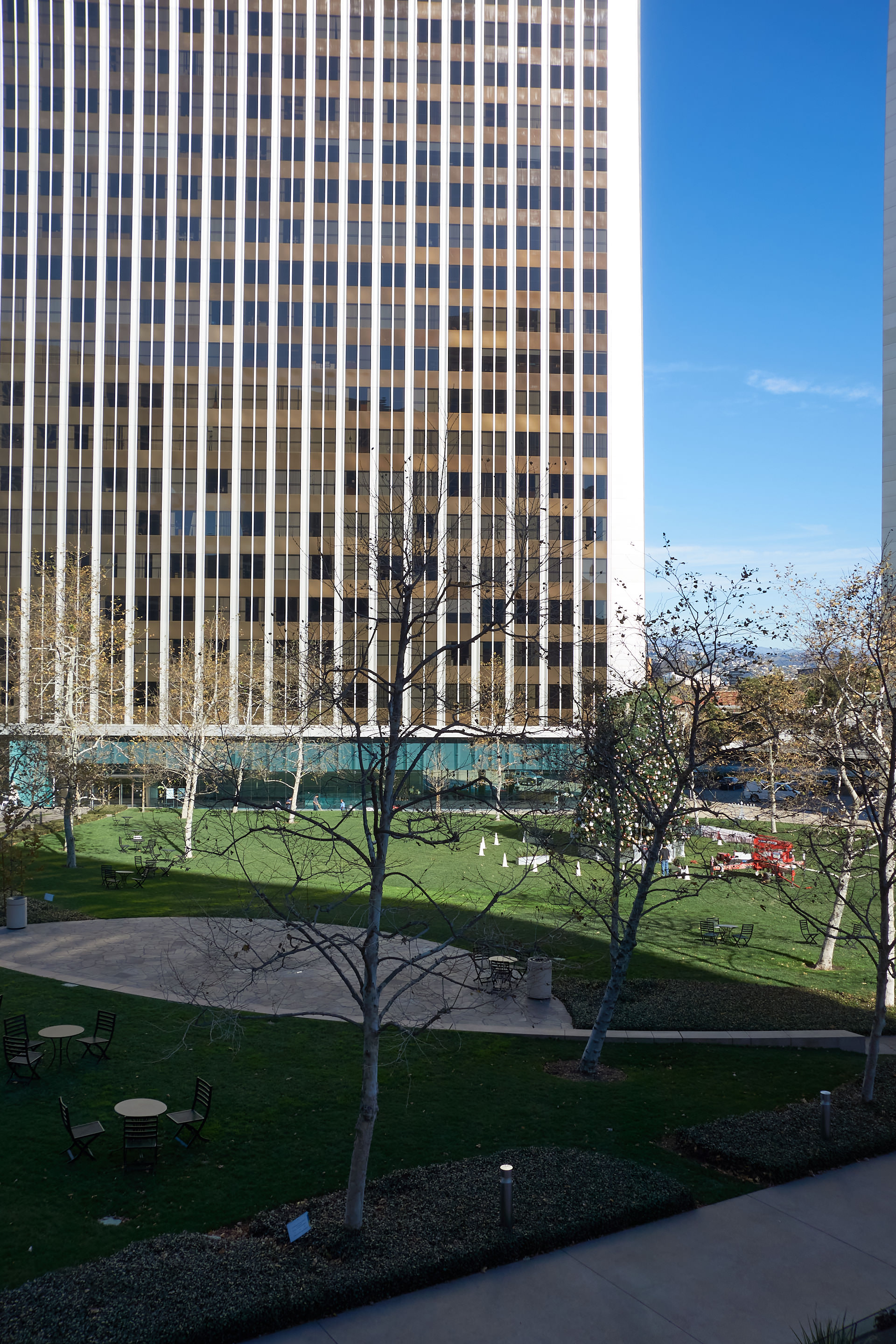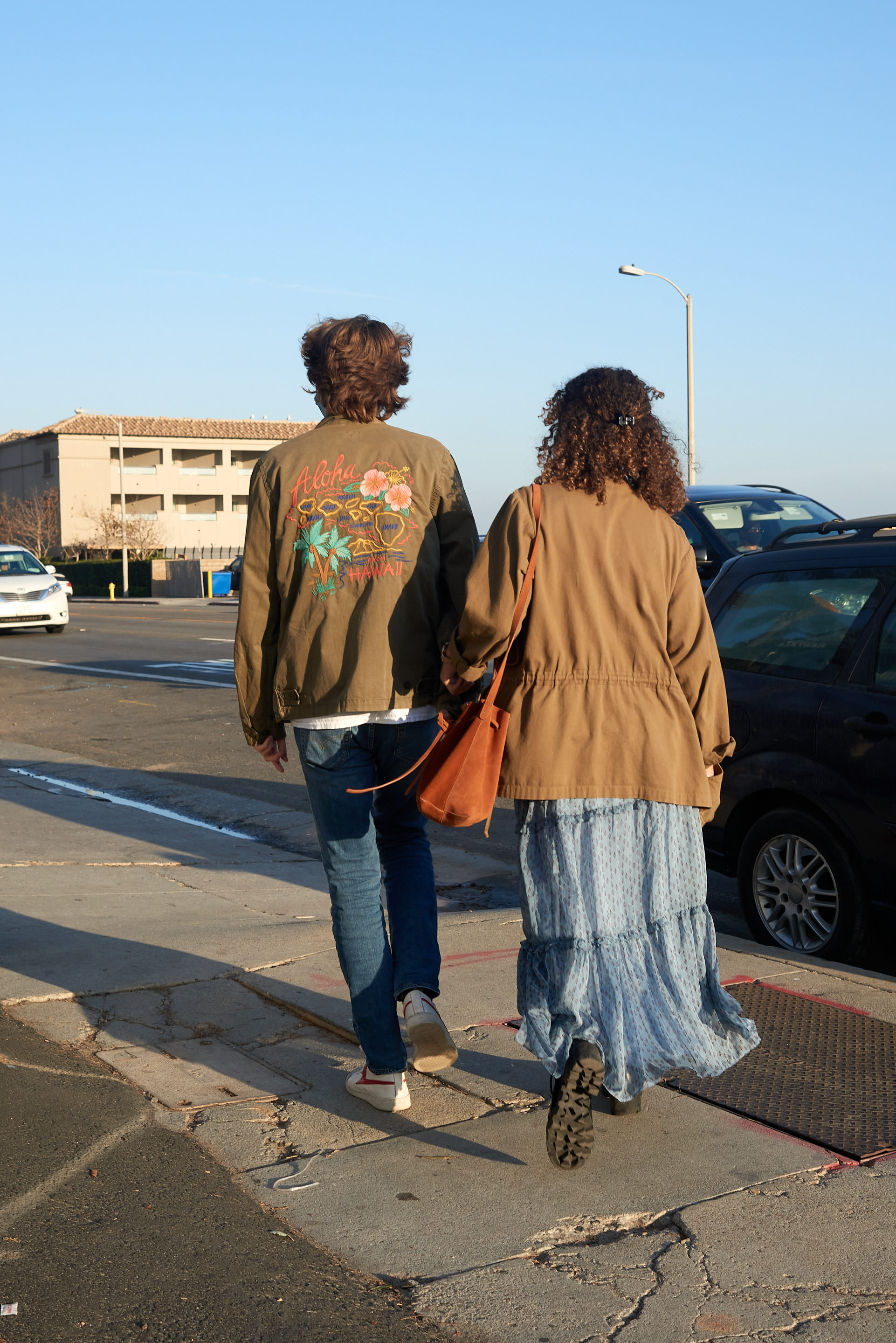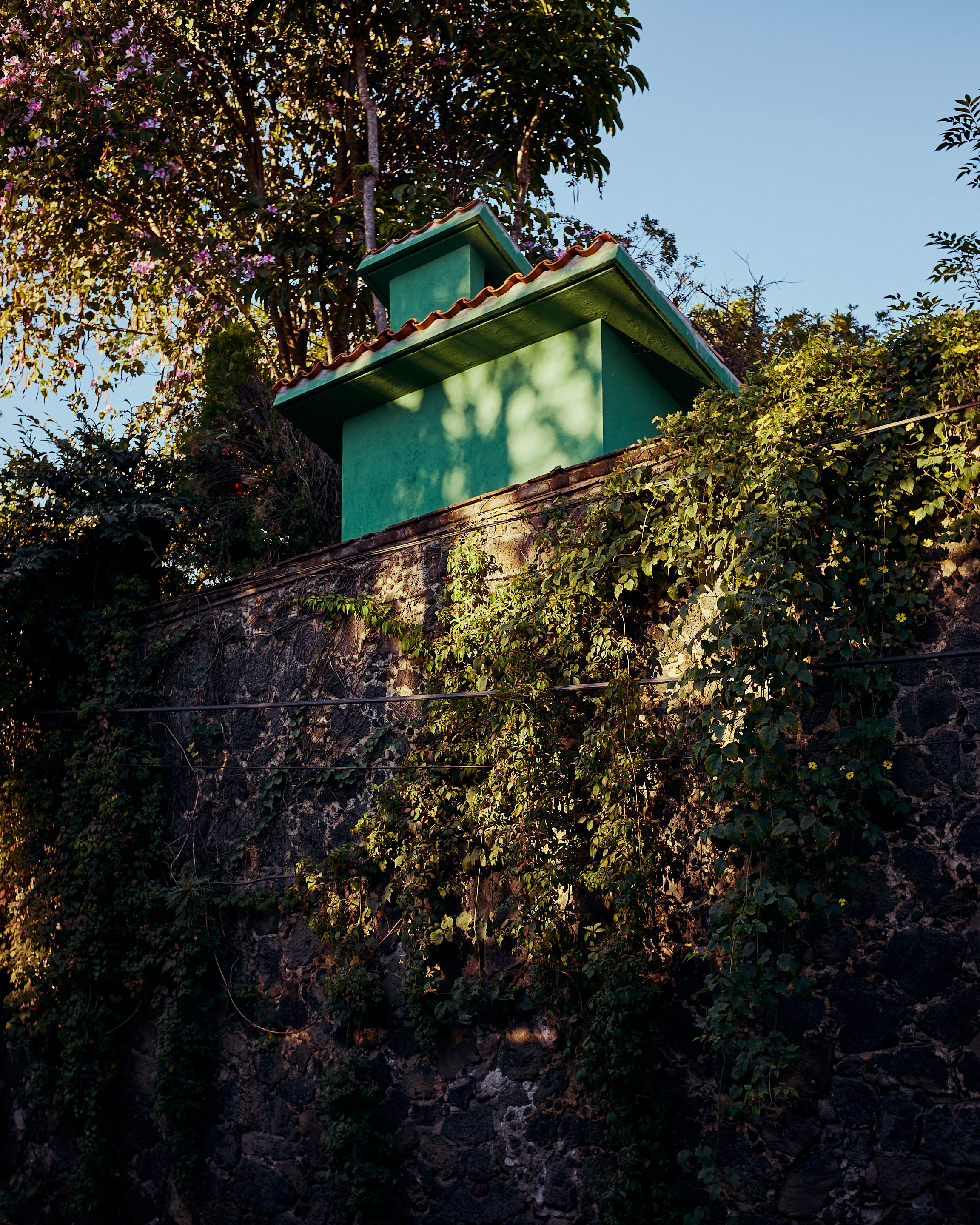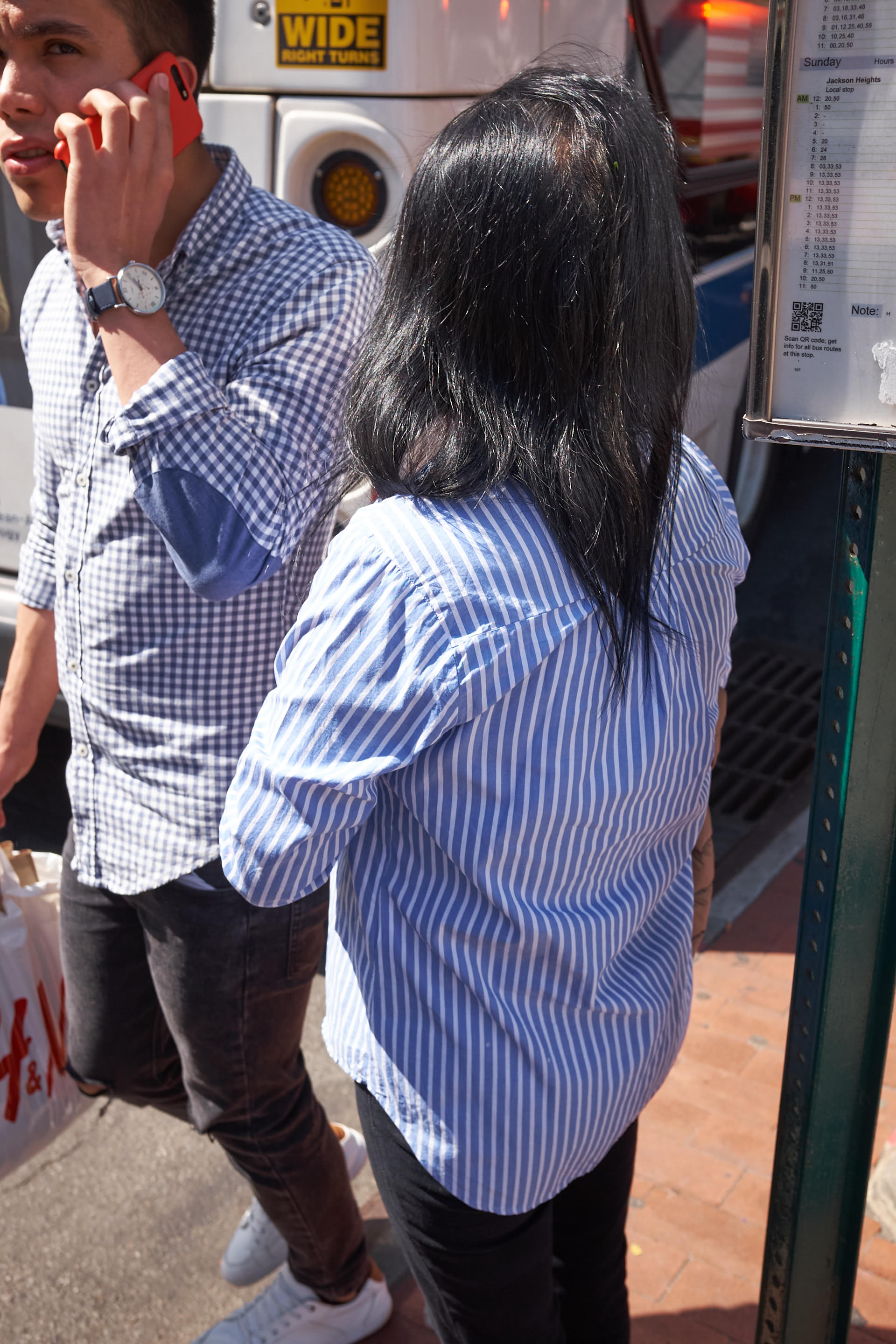2023 12 04
Atlanta
I flew to Atlanta in late September to visit my friend Tara.
I only planned to stay for several days so there wasn't much time to take pictures but I was glad to be seeing my friend and getting to know a new city. Tara and I have an unlikely friendship. She calls me her white Dad. We understand each other in a way that's hard for either of us to explain. One afternoon we drove to the Little Five Points neighborhood on the eastside of the city to go record shopping, which is just the kind of thing a Dad would do. Afterwards we drove an half hour out of the city to the first apartment she lived in with her Mom as a little girl, which was in a complex nestled in the crack of two sloping hills not far from the freeway. As we walked around the apartments, Tara talked about how hard it was for her mom to look after a precocious little girl with big dreams while working two jobs. I knew it must have been hard for Tara too but I also knew about the love that coursed through her family and the resolve it left her with.
![]()
![]()
![]()
![]()
![]()
Atlanta
I flew to Atlanta in late September to visit my friend Tara.
I only planned to stay for several days so there wasn't much time to take pictures but I was glad to be seeing my friend and getting to know a new city. Tara and I have an unlikely friendship. She calls me her white Dad. We understand each other in a way that's hard for either of us to explain. One afternoon we drove to the Little Five Points neighborhood on the eastside of the city to go record shopping, which is just the kind of thing a Dad would do. Afterwards we drove an half hour out of the city to the first apartment she lived in with her Mom as a little girl, which was in a complex nestled in the crack of two sloping hills not far from the freeway. As we walked around the apartments, Tara talked about how hard it was for her mom to look after a precocious little girl with big dreams while working two jobs. I knew it must have been hard for Tara too but I also knew about the love that coursed through her family and the resolve it left her with.


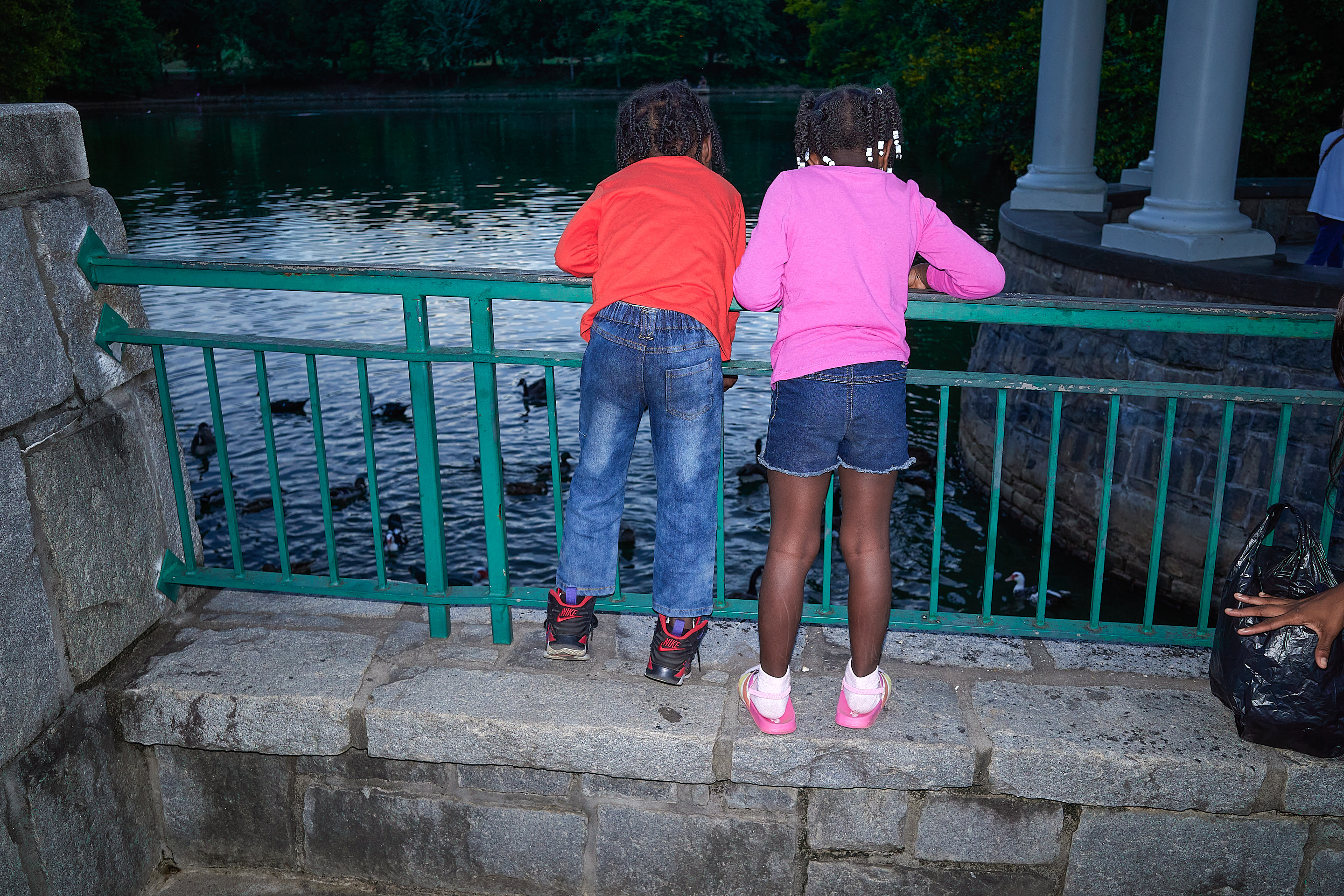

The next day, I took the MARTA rail to Piedmont Park. The park is in the center of the city with stunning views of the Atlanta skyline. The park was filled with people enjoying the afternoon. I meandered through the park, taking pictures as I went, until I eventually ended up at the basketball courts where I met two teenagers. They radiated young love. Afterward they introduced me to their friend, Jai, who had striking crimson hair and was watching her twin brother play basketball. The day and the game were both winding down.
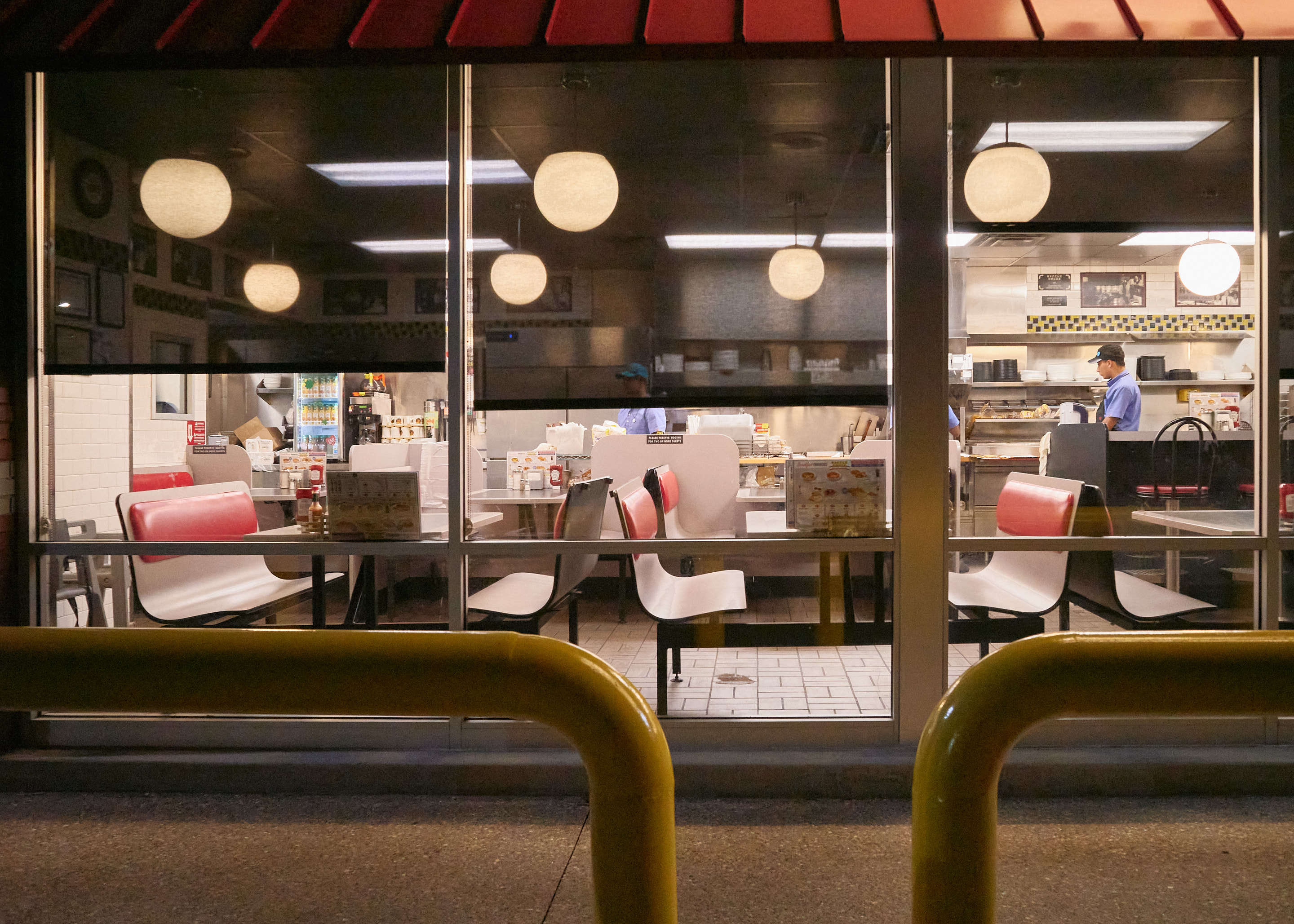

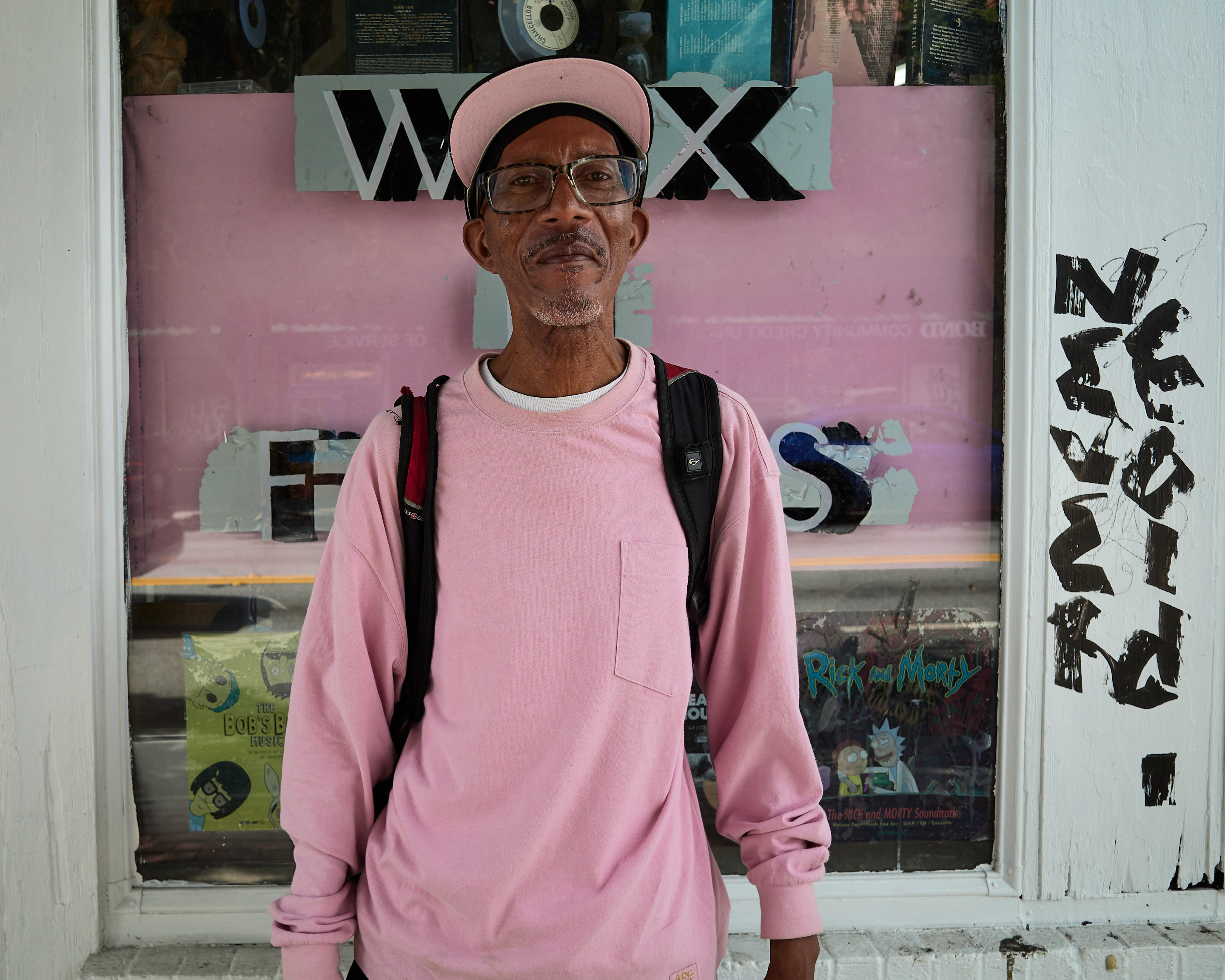



2023 11 27
A particular calm
My trip to Martha’s Vineyard wasn’t scheduled until after Labor Day which gave me something to look forward to all summer.
The island holds so many of my childhood memories that it functions as a form of time travel. Memories sealed away spring forth at a moment’s notice. The sounds of flip-flopped children running across Main Street, the thwack of tennis balls in back yards of grand houses, the smell of newly cut grass, the feel of slow salty breezes coming off the bays. It’s not easy to unforget how effervescent and hopeful those youthful summers were. The memories are so vivid and intimate as to be almost embarrassing.
![]()
![]()
![]()
![]()
![]()
![]()
A particular calm
My trip to Martha’s Vineyard wasn’t scheduled until after Labor Day which gave me something to look forward to all summer.
The island holds so many of my childhood memories that it functions as a form of time travel. Memories sealed away spring forth at a moment’s notice. The sounds of flip-flopped children running across Main Street, the thwack of tennis balls in back yards of grand houses, the smell of newly cut grass, the feel of slow salty breezes coming off the bays. It’s not easy to unforget how effervescent and hopeful those youthful summers were. The memories are so vivid and intimate as to be almost embarrassing. 





This year’s big event was Hurricane Lee which passed just east of Cape Cod and lashed my cousin’s house, where I was staying, with rain and 40-mile-an-hour winds. These were the gray days but there were sunny days too. I took the camera with me whenever it was my turn to pick up fresh fish at the Menemsha Fish Market or vegetables at nearby local farms.
Now that the summer rush was over a particular calm had begun to settle over the Island and the Islanders themselves. The kind of quiet right after a storm when you appreciate what it is like to be silent and alone.


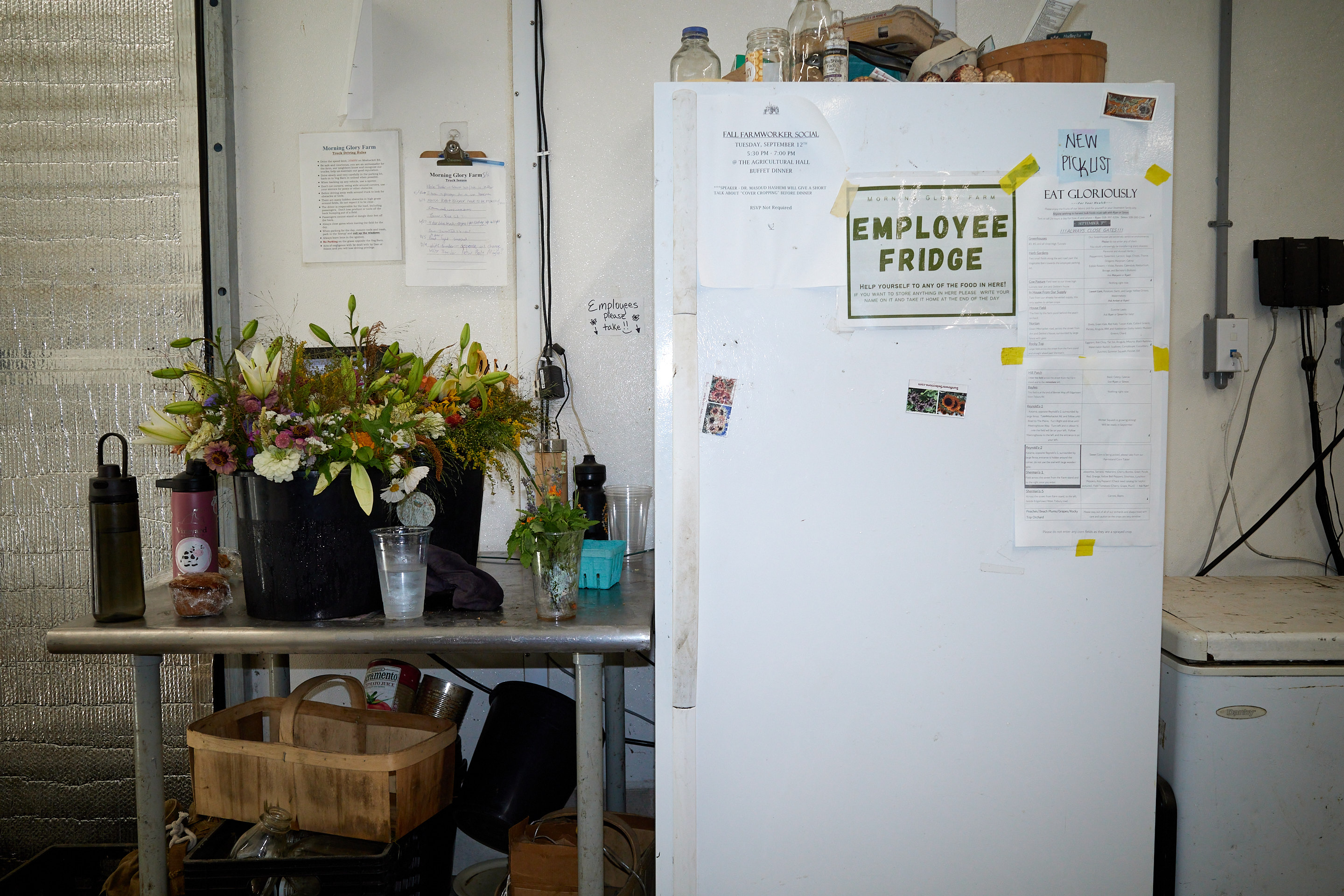



2023 06 10
Lotusland
Lotusland is a private botanical garden tucked away in the hillsides of Monticeto.
Madame Ganna Walska, a concert singer from Poland and heiress, bought the property in 1941 and spent decades expanding it. We had a wonderful tour guide which was helpful to learn about the property but didn’t allow me the time to take many thoughtful pictures. It’s a truly remarkable place though and I’d like to go back when I have more time. I’m not sure what I can bring to plants as a subject, but a trip to Lotusland has made me more open to it.
![]()
![]()
Lotusland
Lotusland is a private botanical garden tucked away in the hillsides of Monticeto.
Madame Ganna Walska, a concert singer from Poland and heiress, bought the property in 1941 and spent decades expanding it. We had a wonderful tour guide which was helpful to learn about the property but didn’t allow me the time to take many thoughtful pictures. It’s a truly remarkable place though and I’d like to go back when I have more time. I’m not sure what I can bring to plants as a subject, but a trip to Lotusland has made me more open to it. 

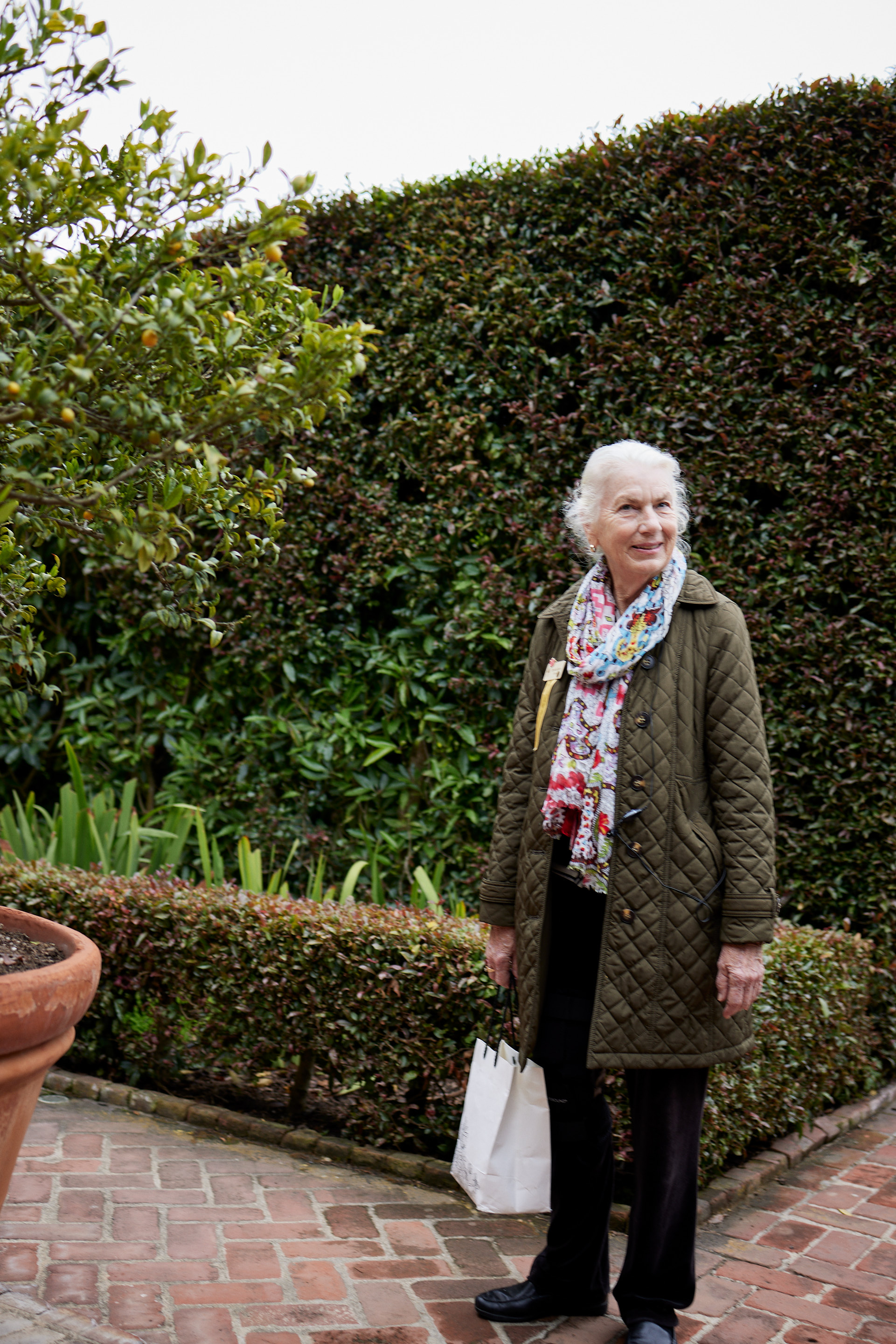

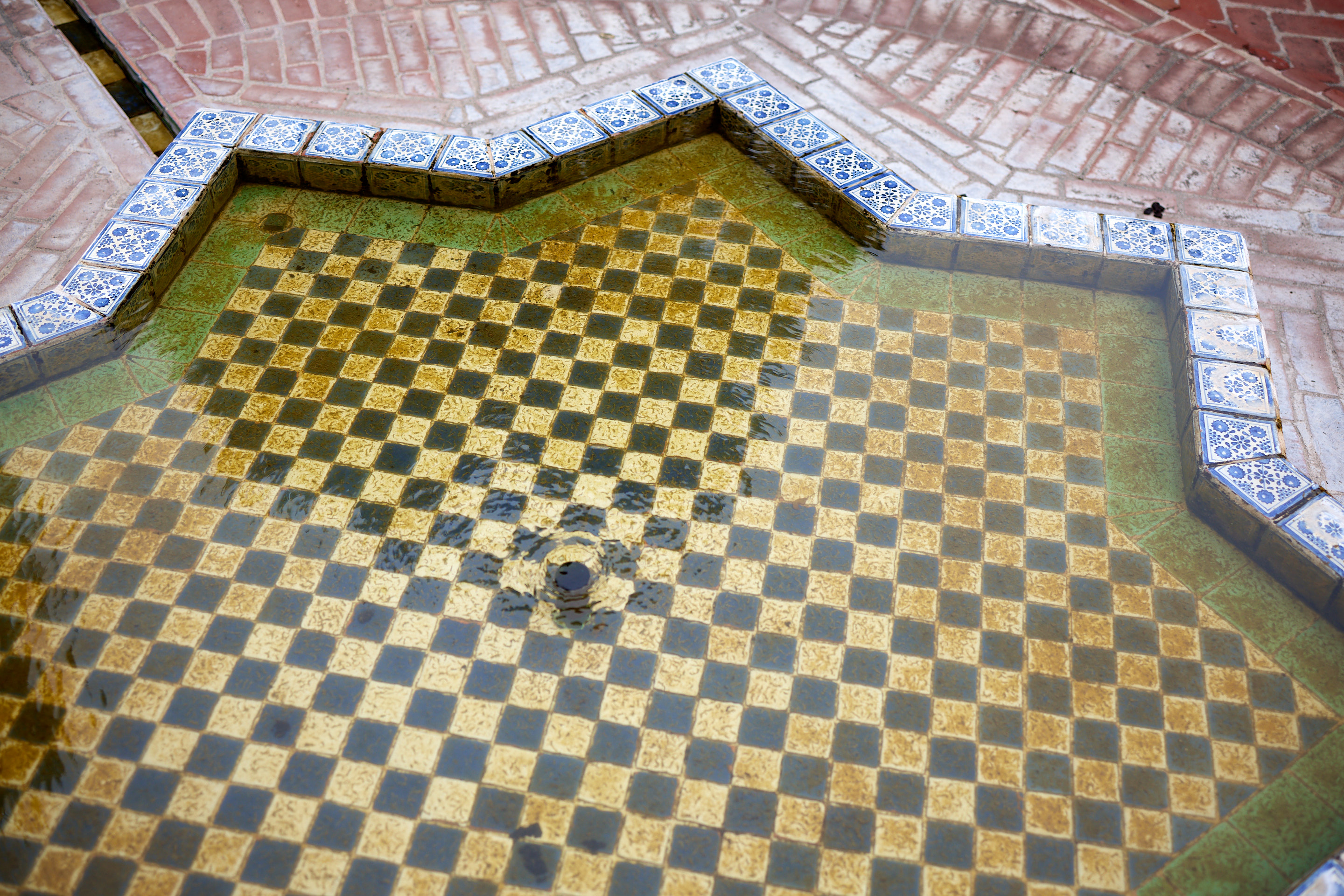
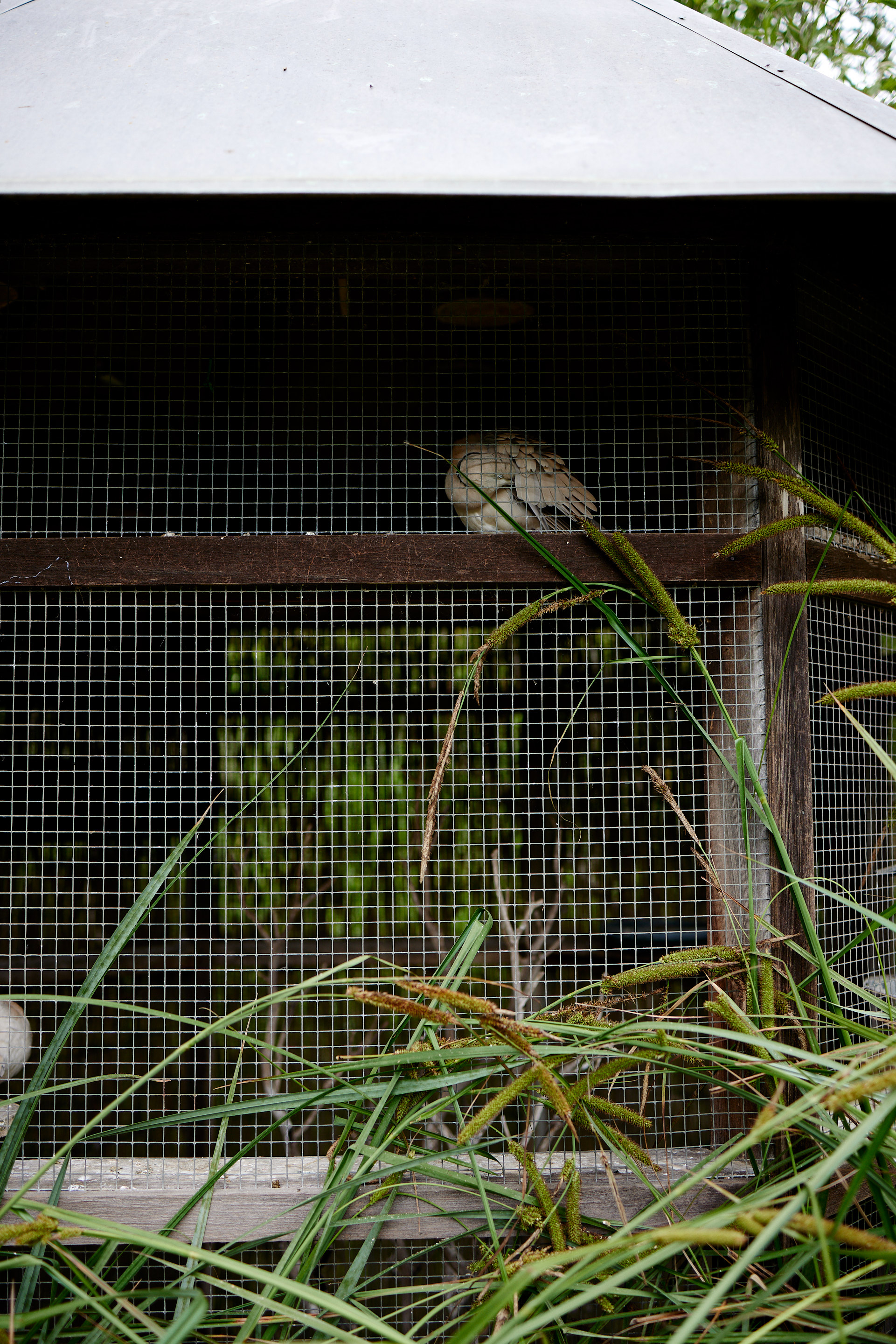
2023 01 05
Fresh eyes
I’m excited by the images I made last year. I also found time to look at earlier work with fresh eyes.
Of course, being a photographer - an artist, a human - is always a work in progress but by taking a lot of pictures, looking at art, reading and thinking deeply about photography, I’m hopefully becoming a better judge of my work. This will be a big help this year as I think about my first photo book. I feel I may have something to say with my images now that makes sense to me so they might to other people too. I’ll continue to share my images and thoughts here.
![]()
![]()
![]()
![]()
![]()
![]()
![]()
![]()
Fresh eyes
I’m excited by the images I made last year. I also found time to look at earlier work with fresh eyes.
Of course, being a photographer - an artist, a human - is always a work in progress but by taking a lot of pictures, looking at art, reading and thinking deeply about photography, I’m hopefully becoming a better judge of my work. This will be a big help this year as I think about my first photo book. I feel I may have something to say with my images now that makes sense to me so they might to other people too. I’ll continue to share my images and thoughts here.